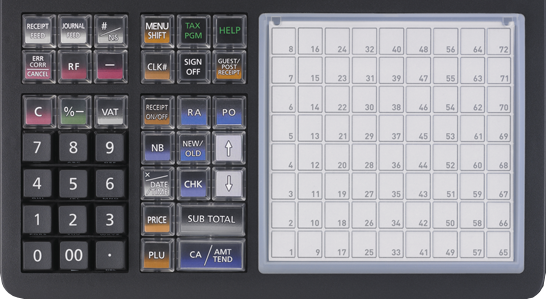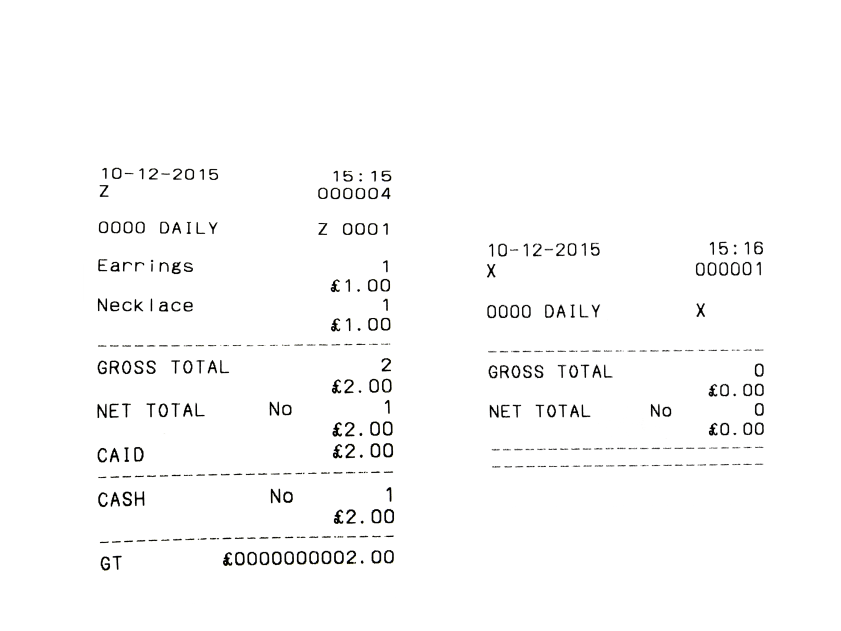The New £1 Coin has now been released (28th March 2017)! The long heralded new coin replaces the round £1 coin which as been in circulation since 1983. The new £1 coin has been introduced primarily to combat the number of counterfeit £1 coins in circulation. According to the Royal Mint approximately one in thirty £1 coins in circulation are counterfeit. The new £1 coin is being billed as the most secure coin in the world – it has a host of features that make it much more difficult, but not impossible, to counterfeit.
How Will The New £1 Coin Affect My Business?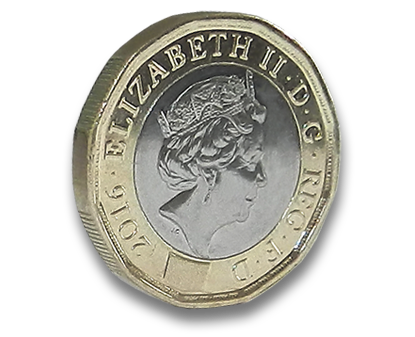
All businesses which handle cash will be affected by the new £1 coin. There are two ways this will affect your business and how you count your cash.
Firstly and most obviously, your coin counting equipment will have to accept the new £1 coin.
Secondly, there will be an intrerim period, from 28th March to the 15th October, when we have two types of £1 coins both acceptable as legal tender. After the 15th October the ‘old’ £1 coin will be demonitised and no longer legal tender. Until then businesses will be accepting the two types of £1 coin alongside each other, which may cause a problem with your cash handling equipment, as the two coins have different dimensions and metal content. The new 12 sided £1 coin, at 8.75g is lighter than the round £1 coin. The new £1 coin, at 2.8mm, is thinner than the round £1 coin. The new £1 coin has a diameter of 23.43mm making it fractionally larger than the round £1 coin.
Having to seperate the two types of £1 coin in order to count them does have a benefit in the sense that when making your cash bank deposits you will need to seperate the old and new £1 coins – this is to prevent the old style £1 coins re-entering circulation and reducing the time period for those coins being in the majority. By the end of May the number of old pound coins you encounter on a daily basis should start to reduce as the new £1 coin takes over – although expect a splurge in early October as people rush to spend £1 coins they have found in piggy banks and down the back of old sofas.
What Cash Counters Are Suitable For The New £1 Coin?
Rest assured that we have a range of coin counting machines ready to accept both the old round £1 coin alongside the new £1 coin.
Count By Weight Money Scales –
Volumatic Count Easy Software Version 3.2 is our preferred and recommended cash counter for counting up your till drawer takings. The new version 3.2 of the Count Easy is ready for the new £1 coin as well as the £5 polymer note and will also count the old round £1 coin (due to the weight difference between the £1 coins you will have to seperate them when counting your takings). The Count Easy is also supplied with a 5 year warranty. When ordering your Count Easy make sure that your supplier is offering software version 3.2 as this is the most update version ready for the new £1 coin and the Polymer bank notes.
Safescan 6165 is ready for the new £1 coin and will still count the old round £1 coin. Due to the weight difference between the £1 coins you will have to seperate them when counting your takings….you can have a celebratory drink on the 15th October to “see off” the old coin!
Coin Counters & Sorters –
Safescan 1250 GBP is ready for the new £1 coin and will also count the old round £1 coin.
CS209 Coin Sorter is ready for the new £1 coin and will also count the old round £1 coin.
CS730 Coin Sorter is ready for the new £1 coin and will also count the old round £1 coin.
Glory Mach 3 Coin Sorter coin sorter is ready for the new £1 coin.
Glory Mach 6 Coin Sorter coin sorter is ready for the new £1 coin.
What About Updating My Existing Coin Counters?
Please contact us directly about upgrading the following machines – CS730, Glory Mach 3, Glory Mach 6 – as these will require chargeable engineer call outs.
To update your Volumatic Count Easy Version 3.1 please visit our cash counters upgrade section
To update your Volumatic Count Easy Version 2.7 please visit our cash counters upgrade section
We advise that older versions of the Count Easy are replaced
To update your Tellermate T-iX D2000 please visit our cash counters upgrade section
To update your Safesscan 6155 please visit our cash counters upgrade section
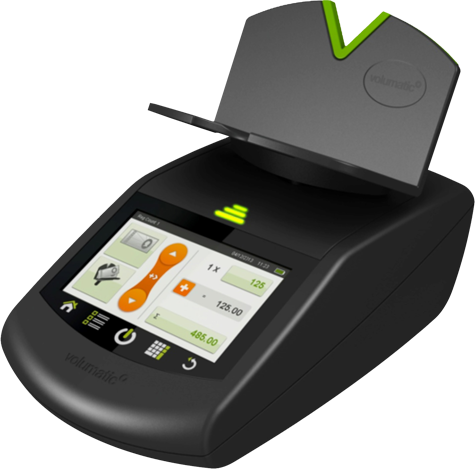

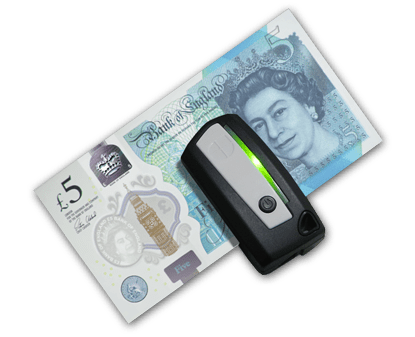 revolution with its cotton paper bank notes being phased out and being replaced by cleaner, more secure, longer lasting and cheaper polymer bank notes.
revolution with its cotton paper bank notes being phased out and being replaced by cleaner, more secure, longer lasting and cheaper polymer bank notes.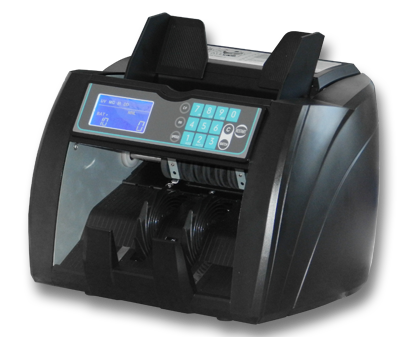 introduction of the new Polymer bank notes. Our range of NCS bank note counters feature updated software enabling them to count the Polymer notes despite the clear plastic window featured on every Polymer bank note.
introduction of the new Polymer bank notes. Our range of NCS bank note counters feature updated software enabling them to count the Polymer notes despite the clear plastic window featured on every Polymer bank note.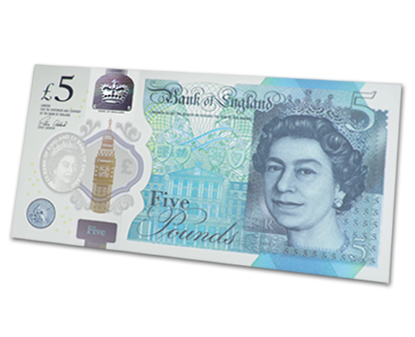 revolution with its cotton paper bank notes being phased out and being replaced by cleaner, more secure, longer lasting and cheaper polymer bank notes.
revolution with its cotton paper bank notes being phased out and being replaced by cleaner, more secure, longer lasting and cheaper polymer bank notes.


 The Casio SE-C3500 cash register replaced the outgoing SE-C2000 in the spring of 2013. The SE-C3500 – like its predecessor – is a ‘split-keyboard’ cash register, with a raised set of ‘function’ buttons on the left hand side and a flat set of 72 product or department buttons on the right hand side. In addition to this unusual style (cash registers traditionally have either an entirely raised or an entirely flat keyboard) the SE-C3500 has several stand-out features. One such feature is the large tilting multi line LCD operator display. The operator screen clearly shows both the price entered and the name of the item or department sold. This makes it very easy for the cashier to spot an incorrect entry before they quote the subtotal to the customer or cash off the sale. The SE-C3500 has a review order screen, allowing them to easily void the incorrect line. This cuts down on over rings and the resulting discrepancies in the till takings reports. In addition to the operator display, the pop-up customer rear display is also alpha numeric so the customer can see what items are being rung through giving them confidence that the correct amounts are being rung through the cash register.
The Casio SE-C3500 cash register replaced the outgoing SE-C2000 in the spring of 2013. The SE-C3500 – like its predecessor – is a ‘split-keyboard’ cash register, with a raised set of ‘function’ buttons on the left hand side and a flat set of 72 product or department buttons on the right hand side. In addition to this unusual style (cash registers traditionally have either an entirely raised or an entirely flat keyboard) the SE-C3500 has several stand-out features. One such feature is the large tilting multi line LCD operator display. The operator screen clearly shows both the price entered and the name of the item or department sold. This makes it very easy for the cashier to spot an incorrect entry before they quote the subtotal to the customer or cash off the sale. The SE-C3500 has a review order screen, allowing them to easily void the incorrect line. This cuts down on over rings and the resulting discrepancies in the till takings reports. In addition to the operator display, the pop-up customer rear display is also alpha numeric so the customer can see what items are being rung through giving them confidence that the correct amounts are being rung through the cash register.